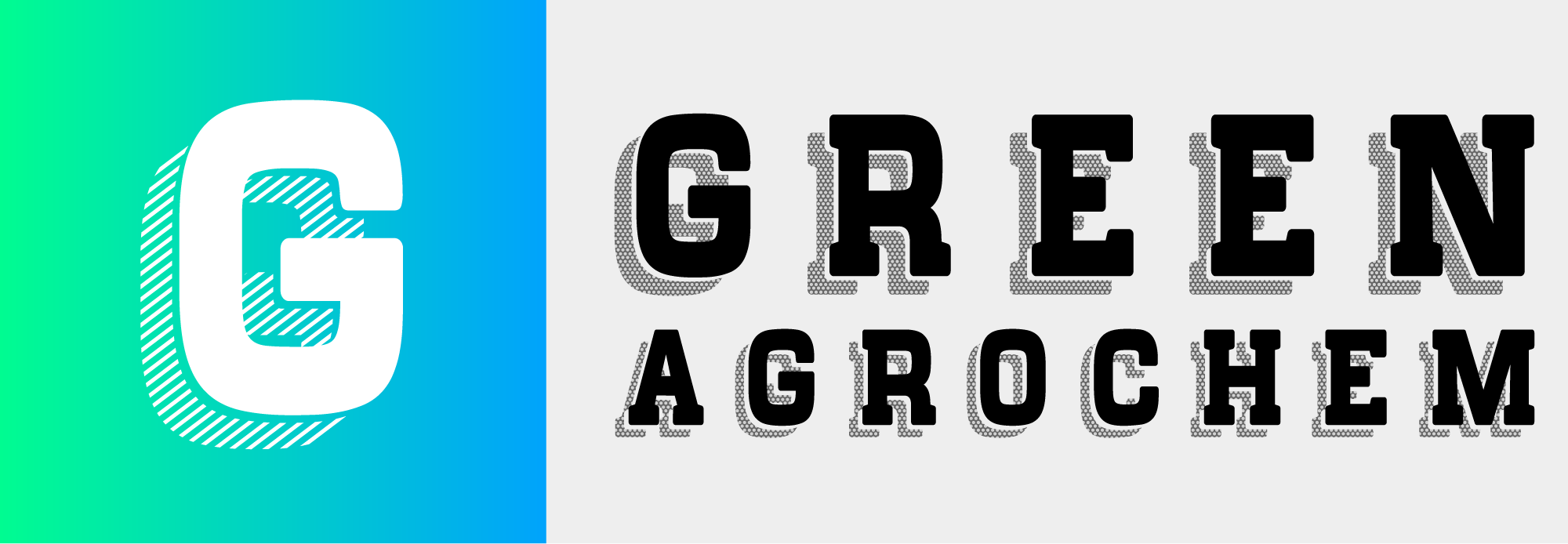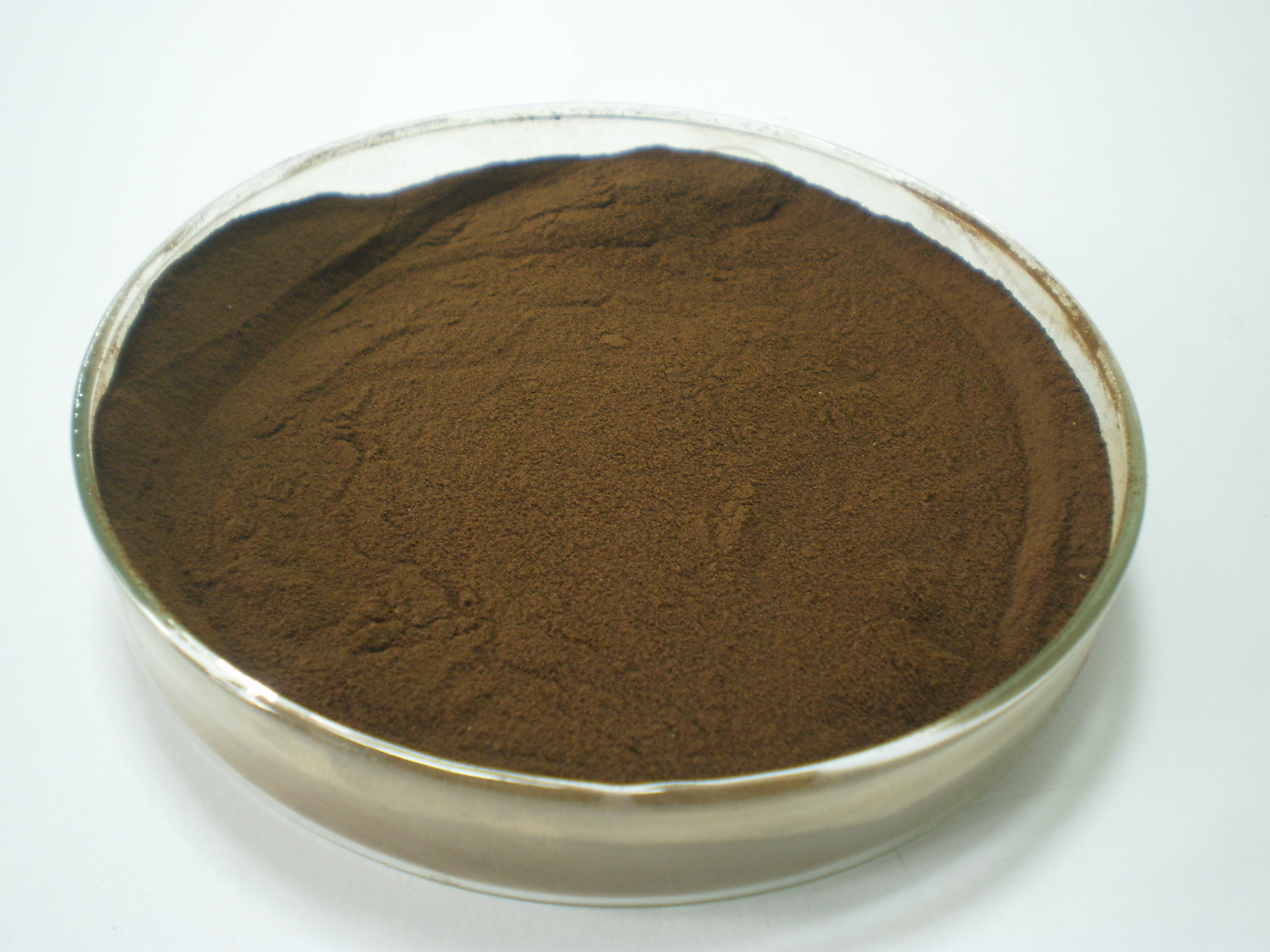The content of catechol of Sodium lignosulfonate with different molecular
weights is different based on the different content of hydrophilic functional groups, which would affect the reduction
of SL on dyestuff caused by the oxidative processes of
catechol structures to quinonoid structures. The UV
absorption spectra of different dye–dispersant systems
treated by 130C dyeing process were measured to calculate
the reduction rate and the results are shown in Figure 5. The
higher the reduction rate, the more serious destruction of
SL on dyestuff is.
As can be seen , SL samples fractionated by
ultrafiltration have weaker reduction effect on dyestuff,
especially the effect of SL-1 is weakest, and SL-2 has a similar effect to that of the SL-3. The reduction degree of dye is
mainly related to the adsorption amount of SL on dye particles and the content of phenolic hydroxyl group in SL. The
adsorption of SL on dye particles depends on its molecular
weight and the content of hydrophilic functional groups. As
the dye is hydrophobic, the adsorption interaction between
SL and dye particles strengthens with the increasing of
molecular weight and the decreasing of hydrophilic
functional group content, and results in more adsorption
of SL on dye and the higher reduction rate of dye. The
reduction degree of SL on dye also increases with the
content of catechol structure increasing in SL.
These results show that SL with high molecular weight
has less content of hydrophilic functional group. SL-0
has the lowest molecular weight and the highest content
of hydrophilic functional group, which leads to the weakest
adsorption of SL on dye particles, whereas the reduction
rate of SL-0 on dye is highest on account of its highest
phenolic hydroxyl content. In conclusion, the content of
phenolic hydroxyl in SL-0 is a key factor affecting the
reduction degree of dye.
SL-1 has a lower molecular weight and relatively more
content of hydrophilic functional group than that of SL-2
and SL-3, and leads to weak adsorption on dye. The influence of molecular weight on dye reduction is a main factor
that results in the lowest reduction degree of SL-1 than of
SL-2 and SL-3. The lower phenolic hydroxyl group content
in SL-2 weakens the reduction degree of SL on dye.

